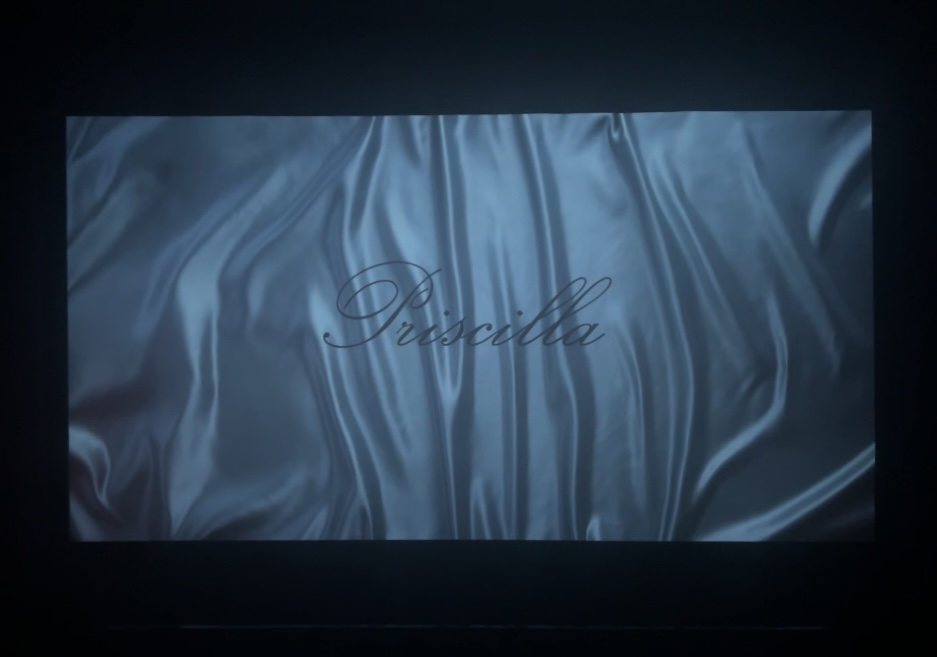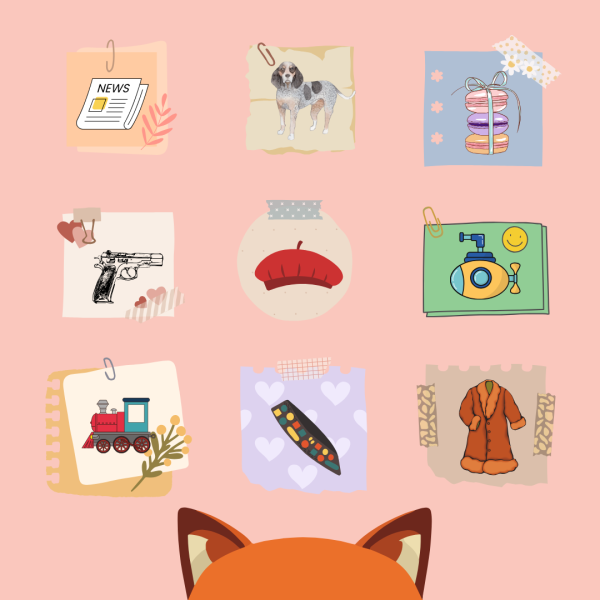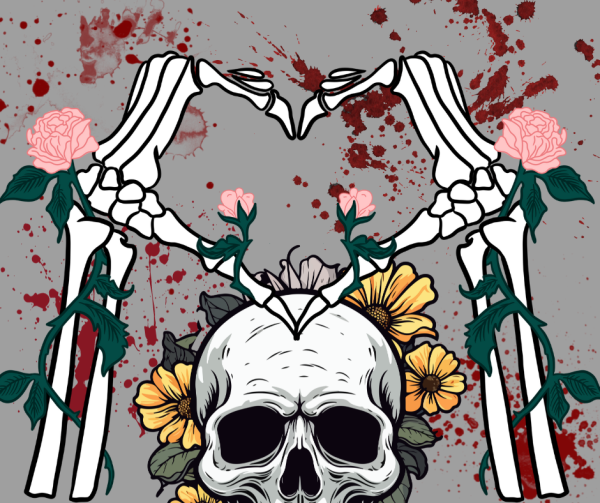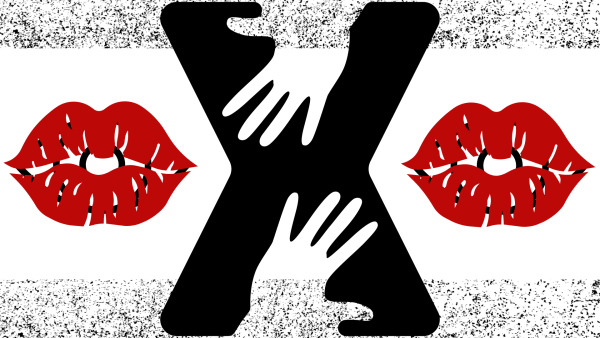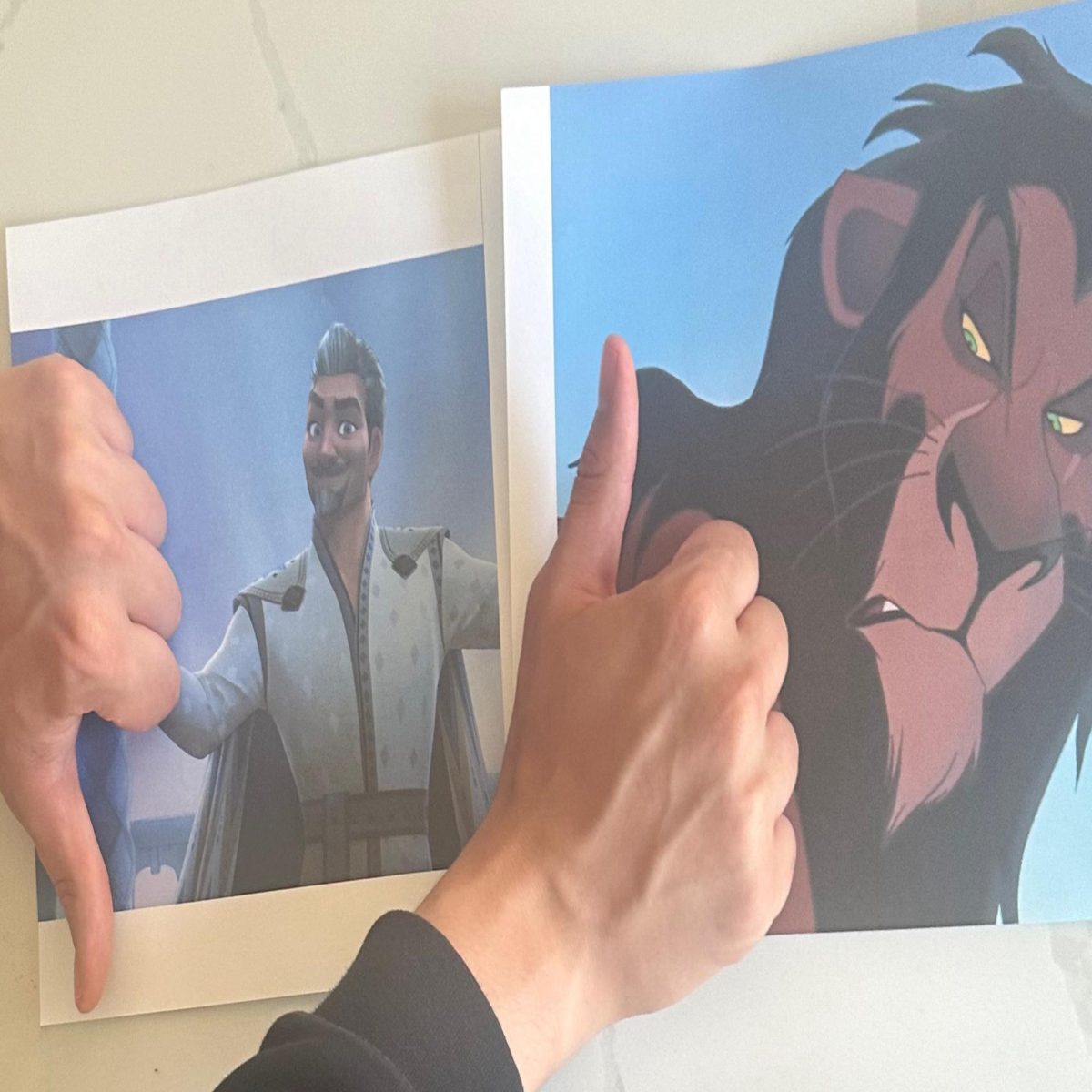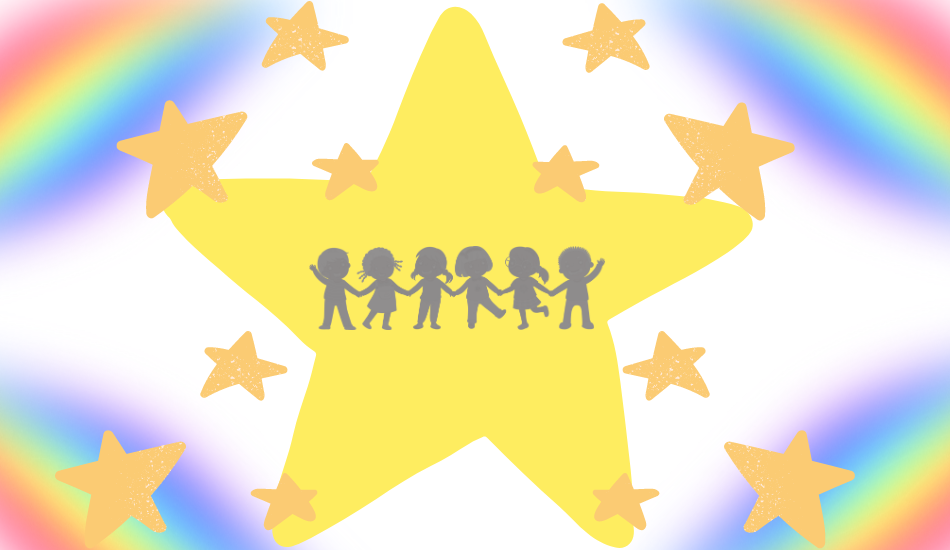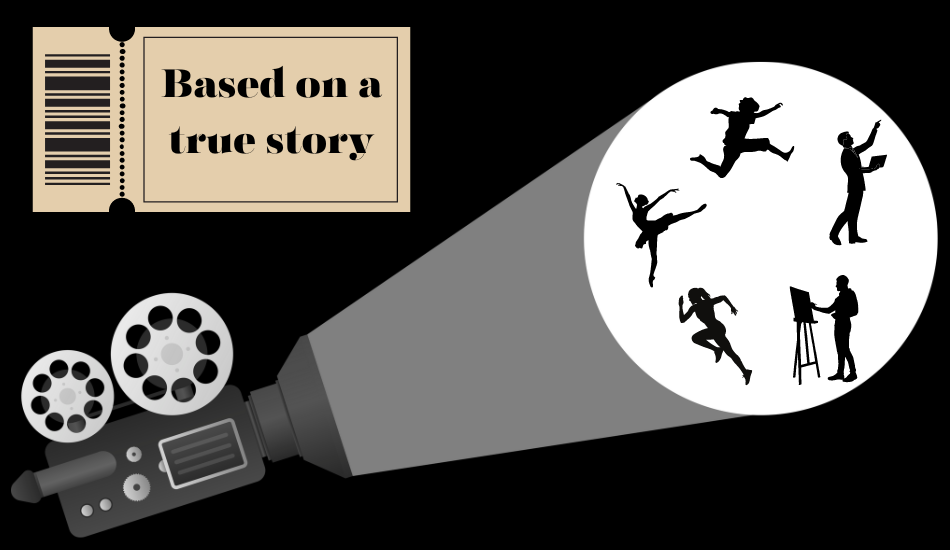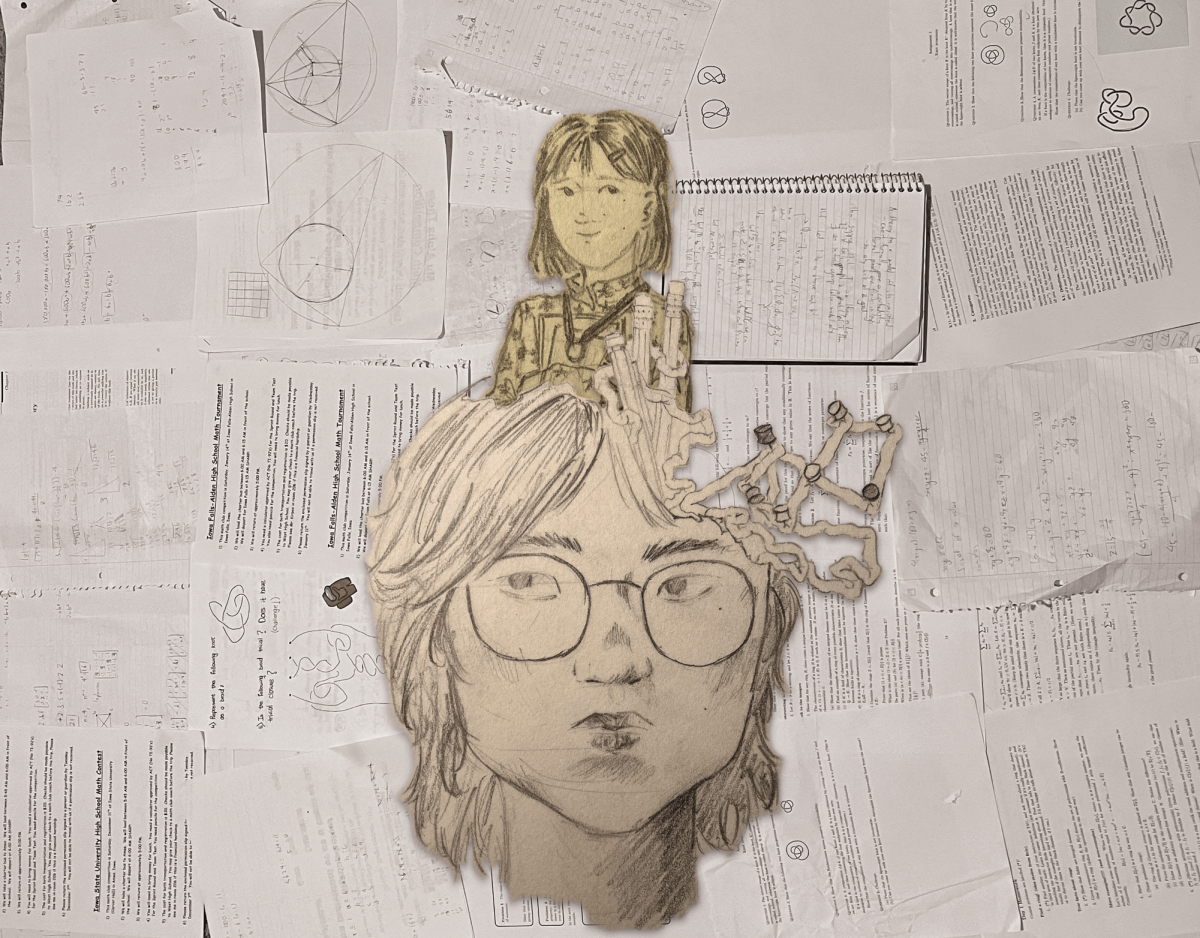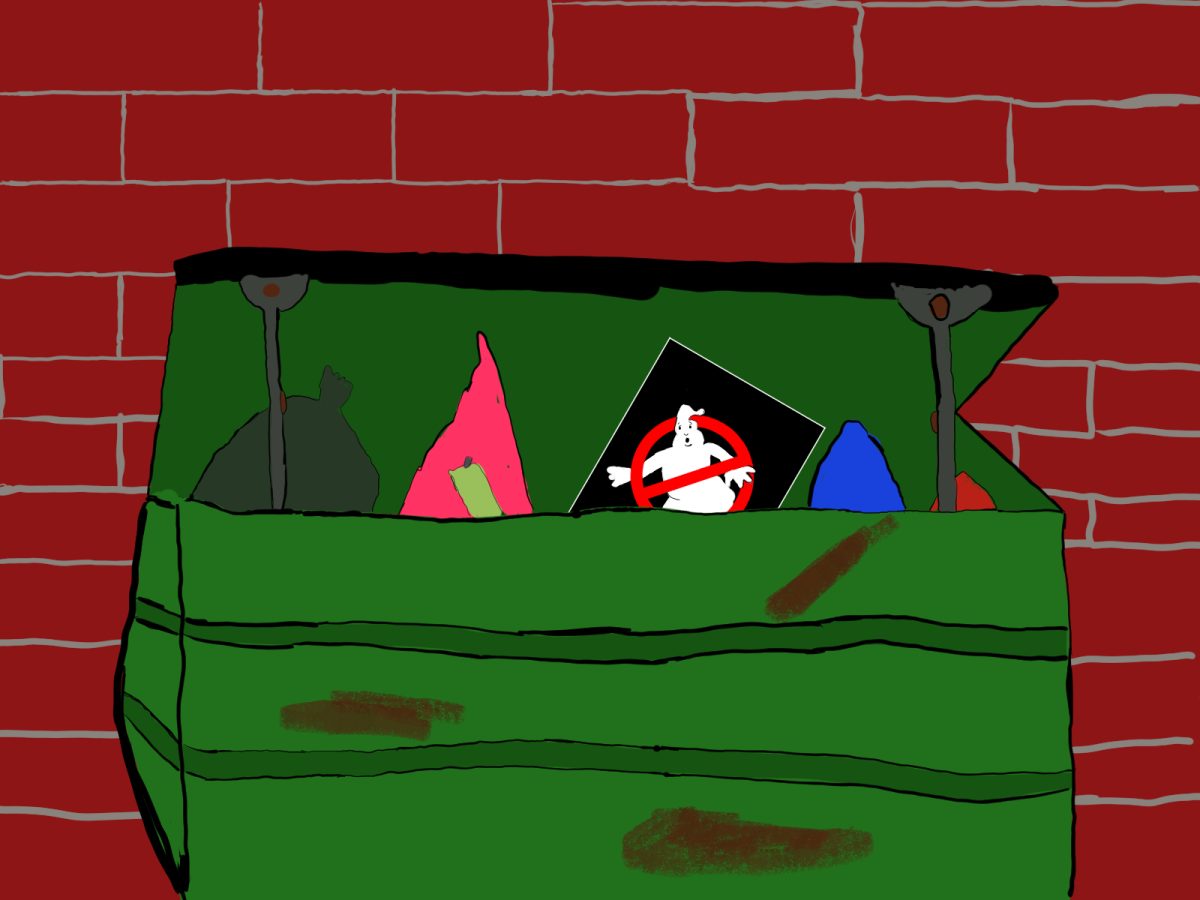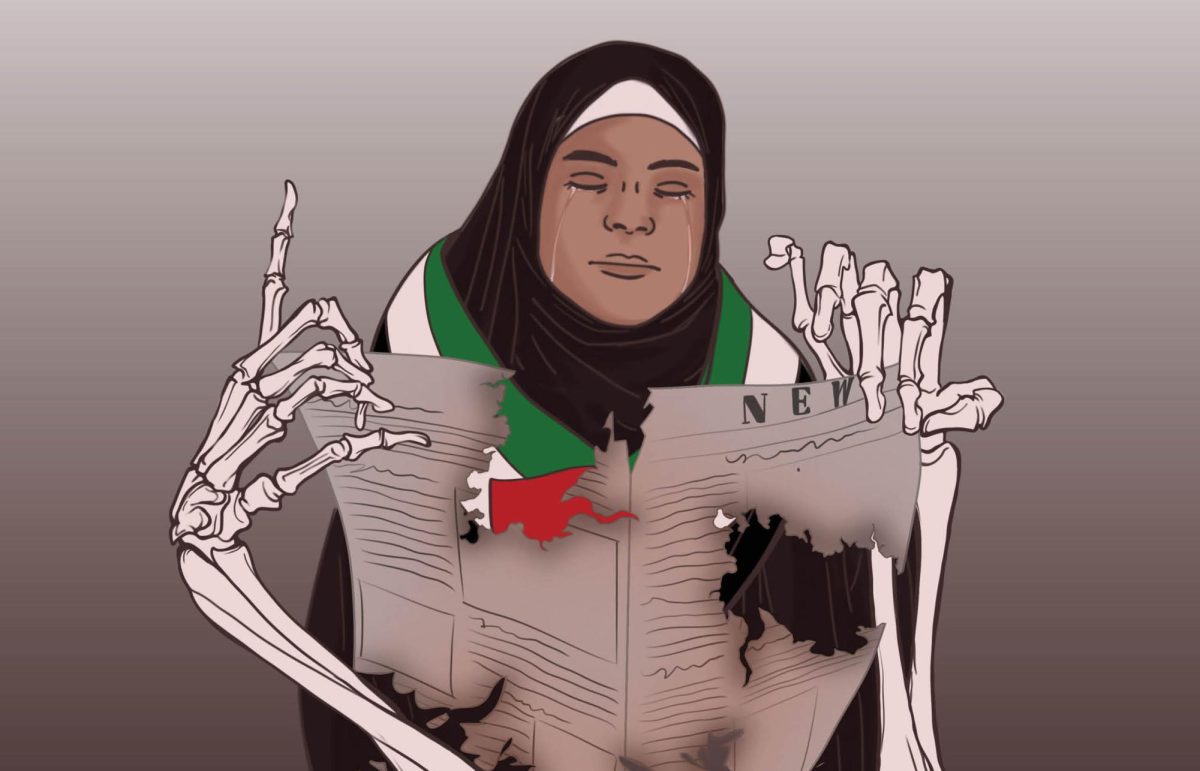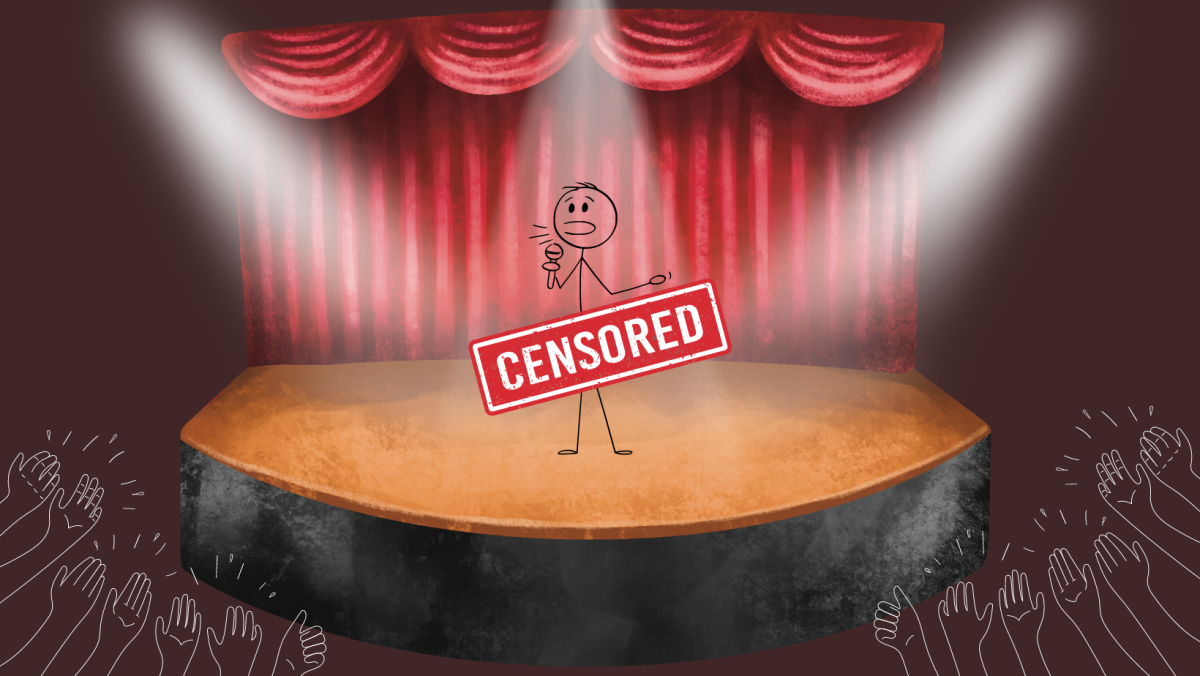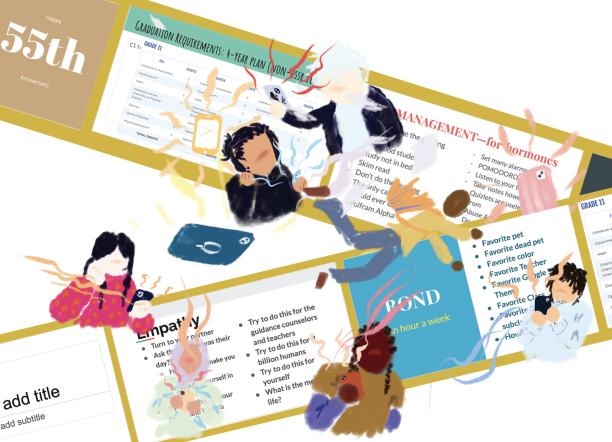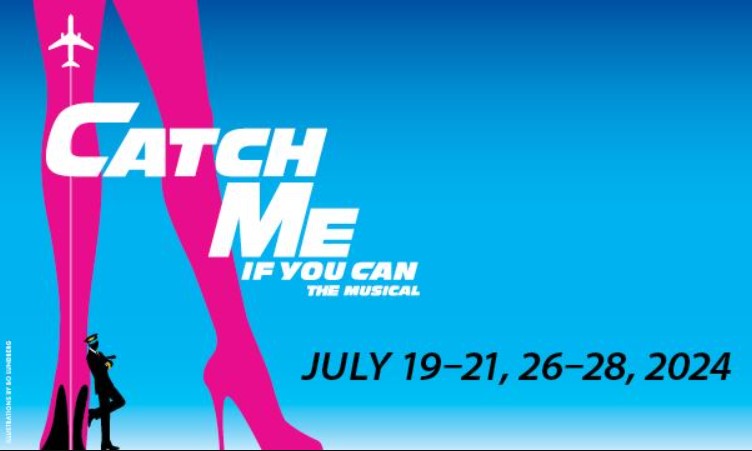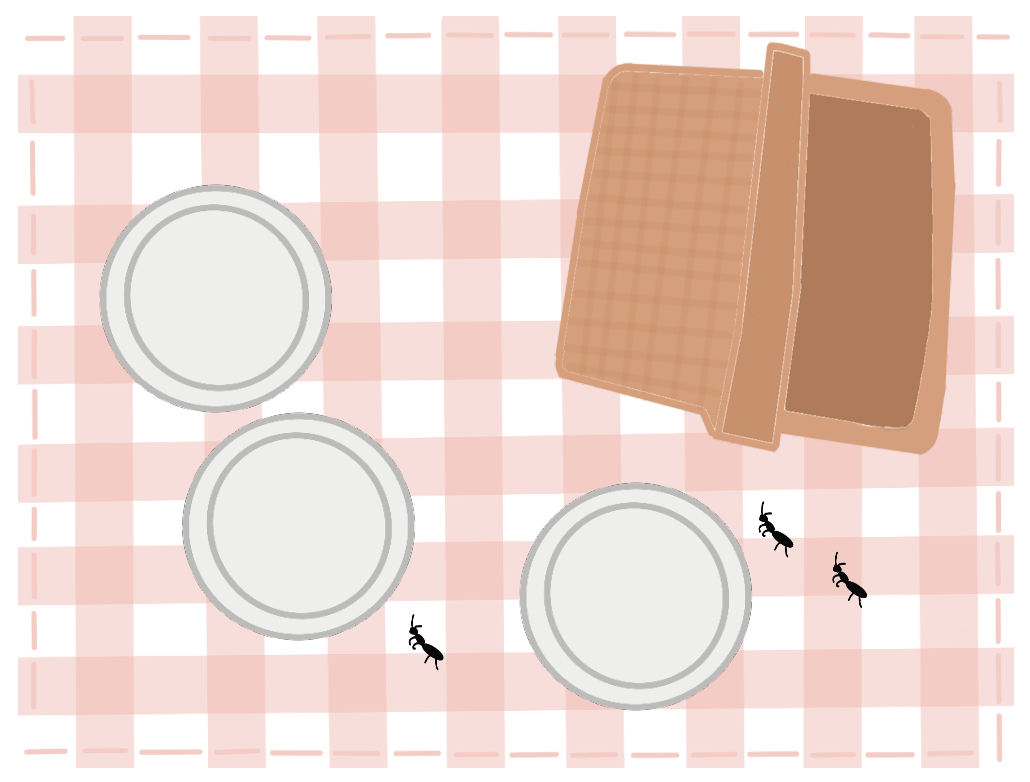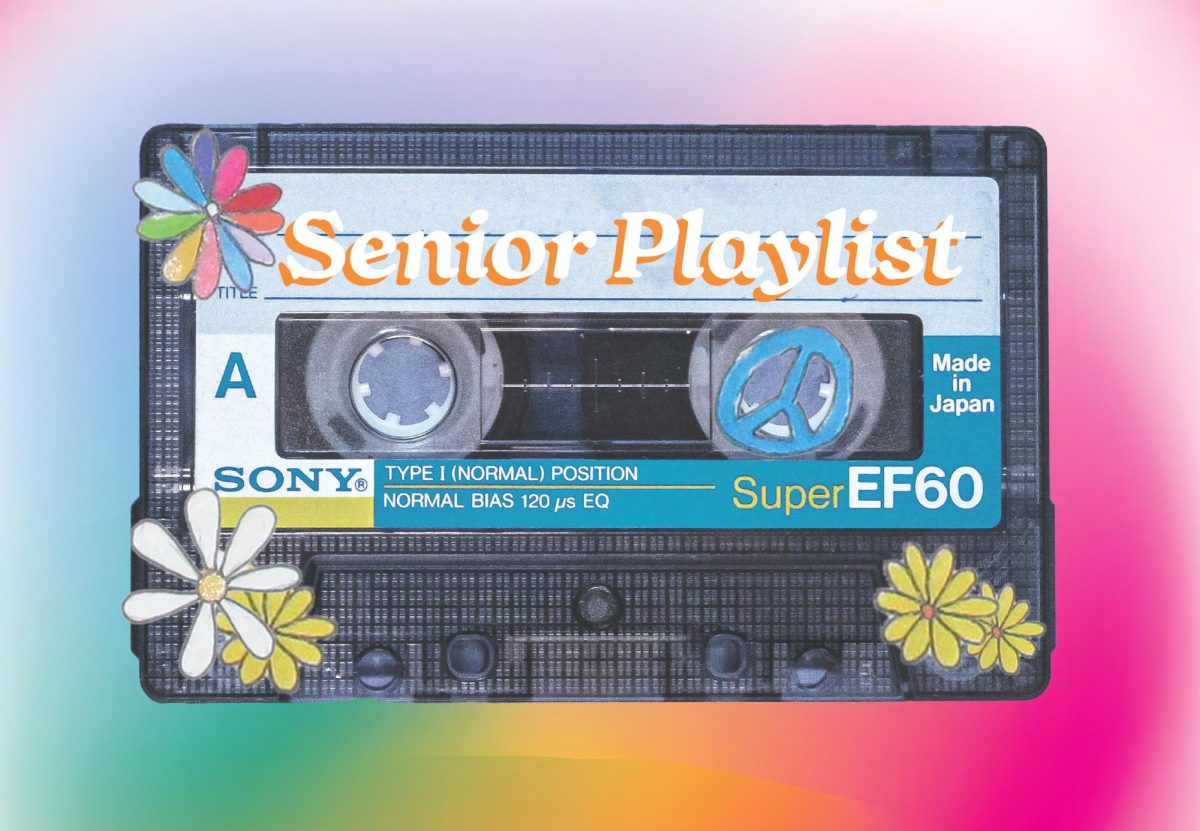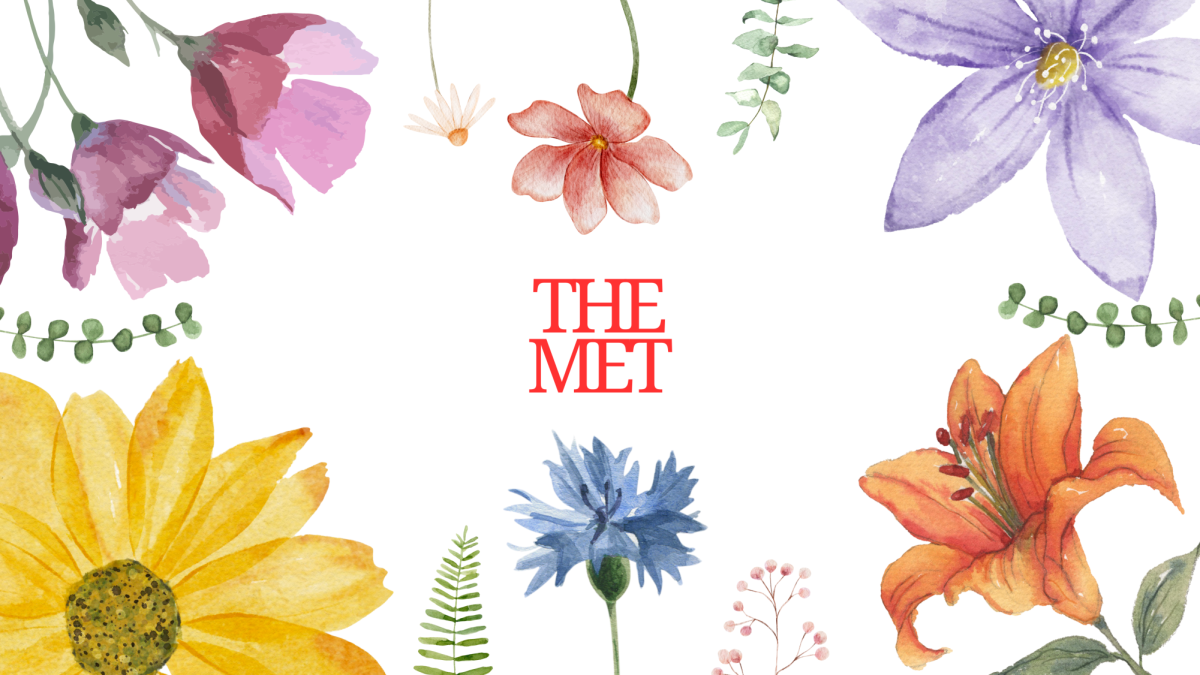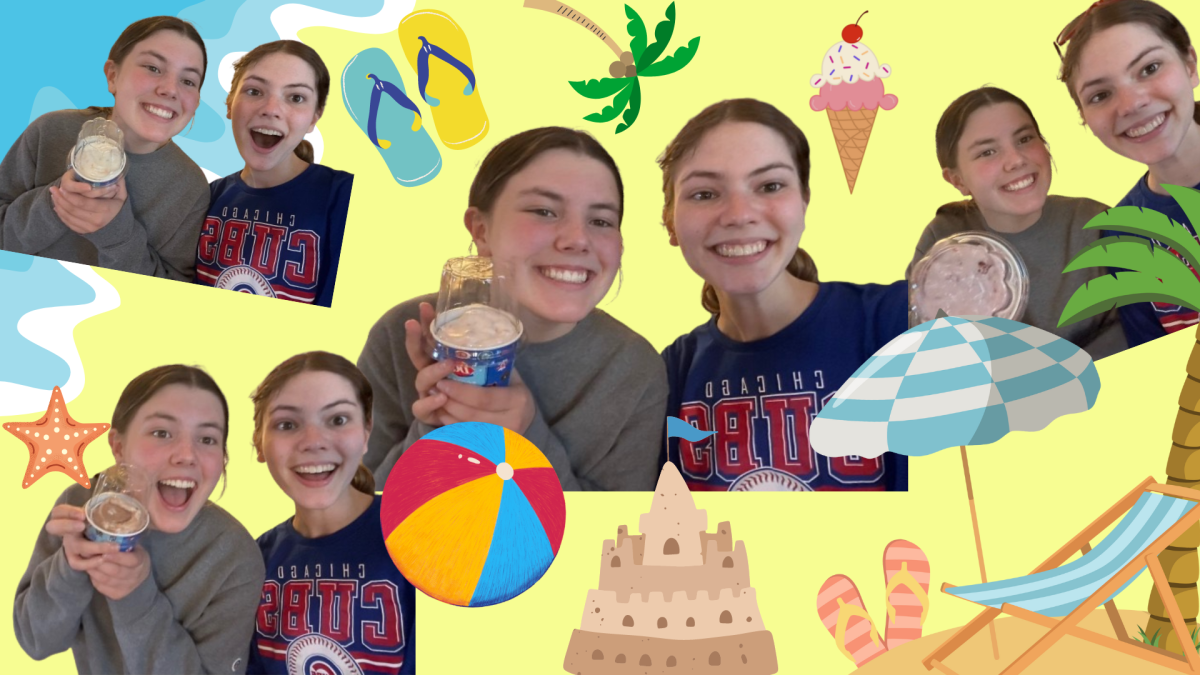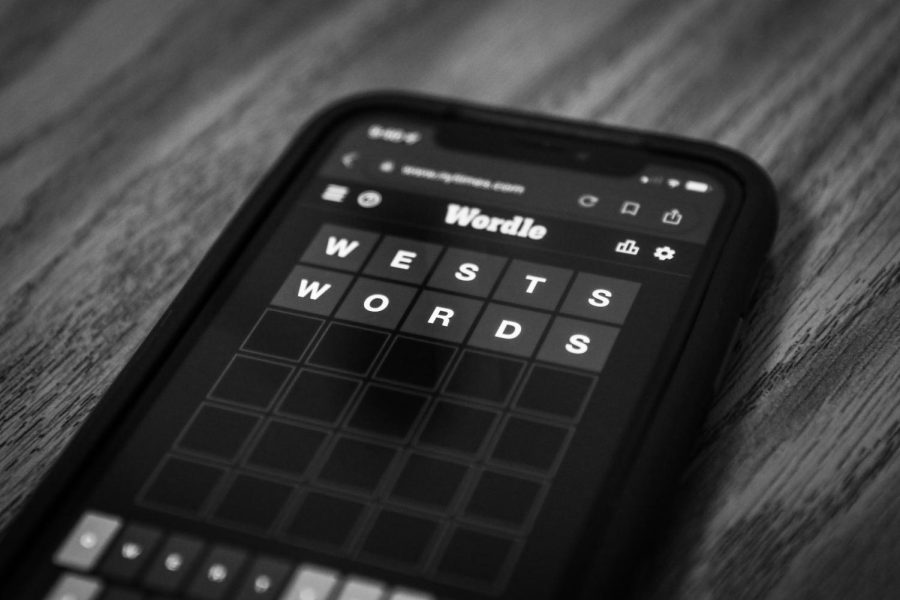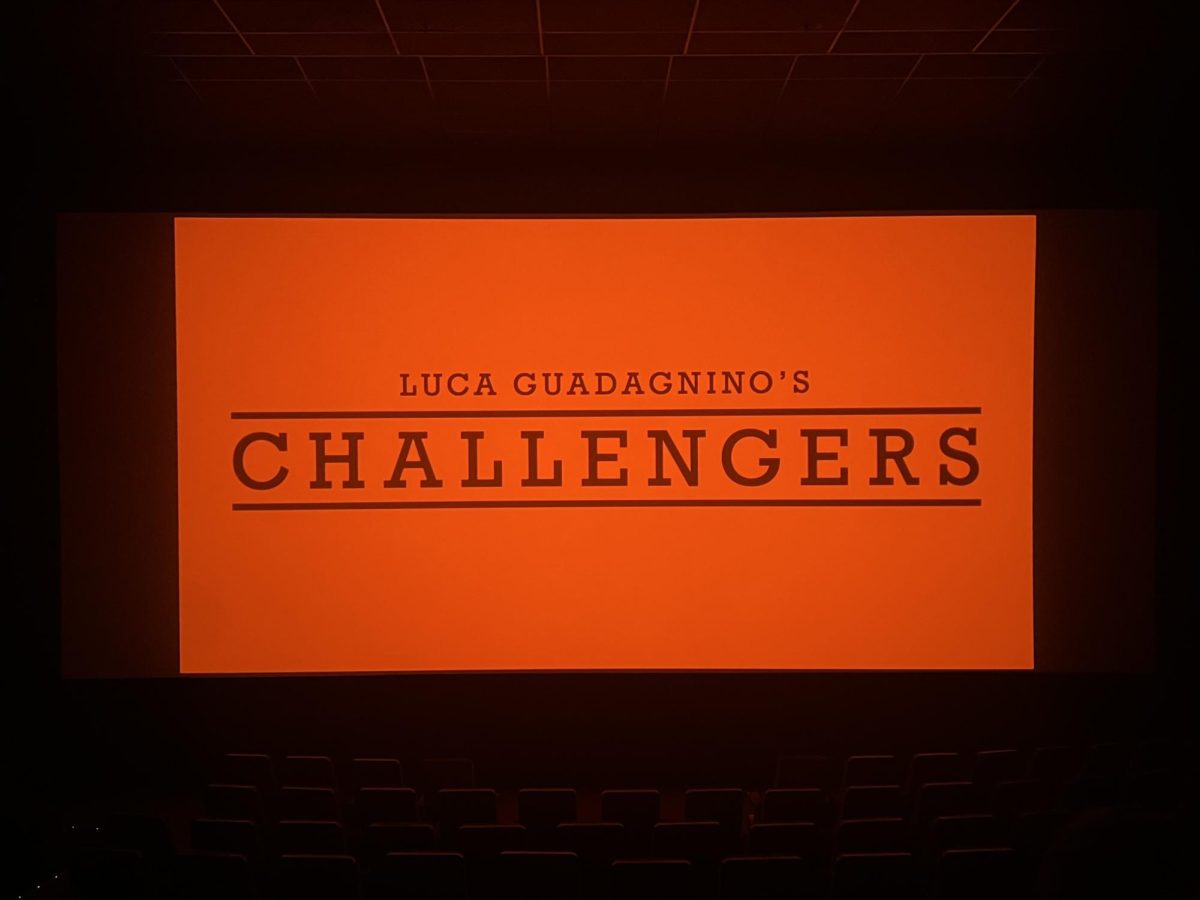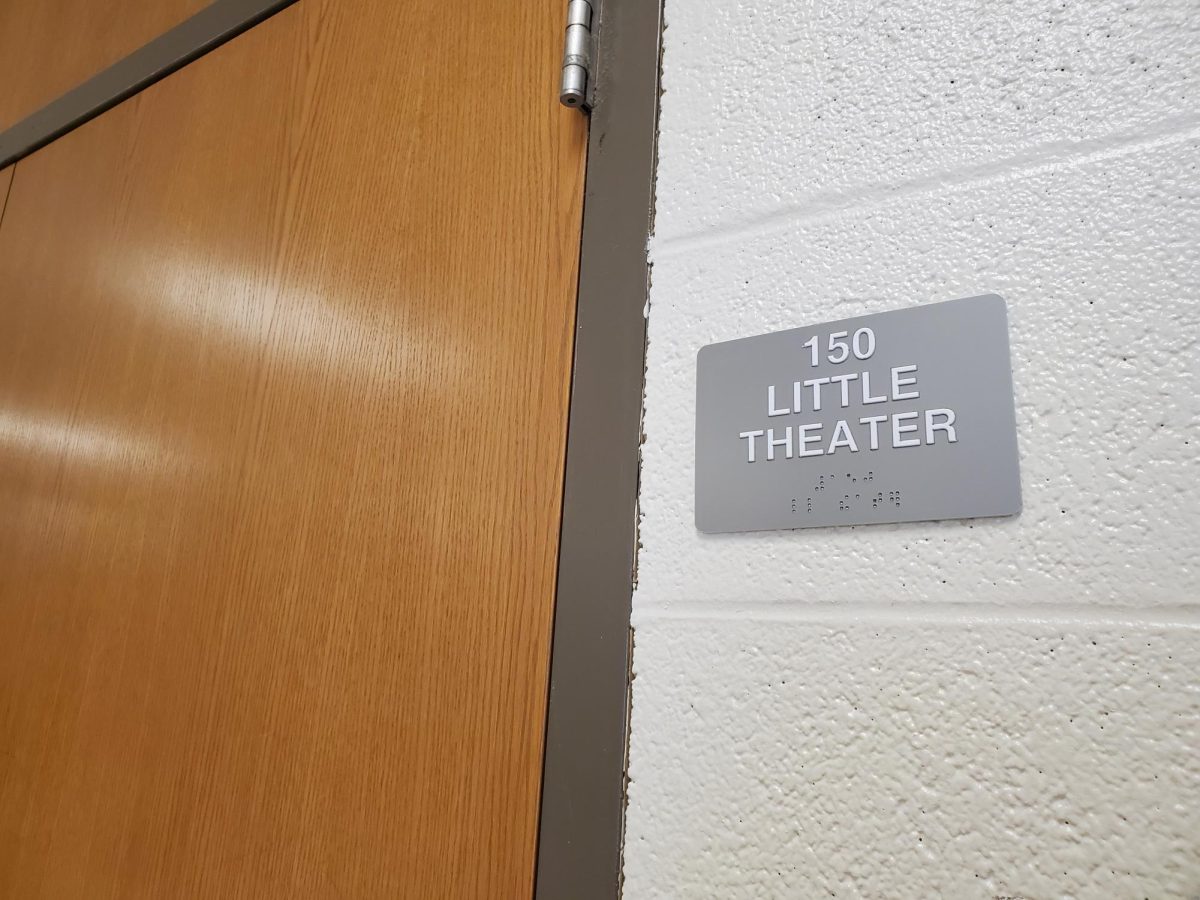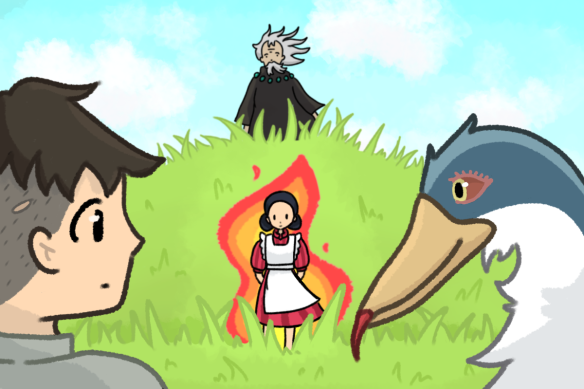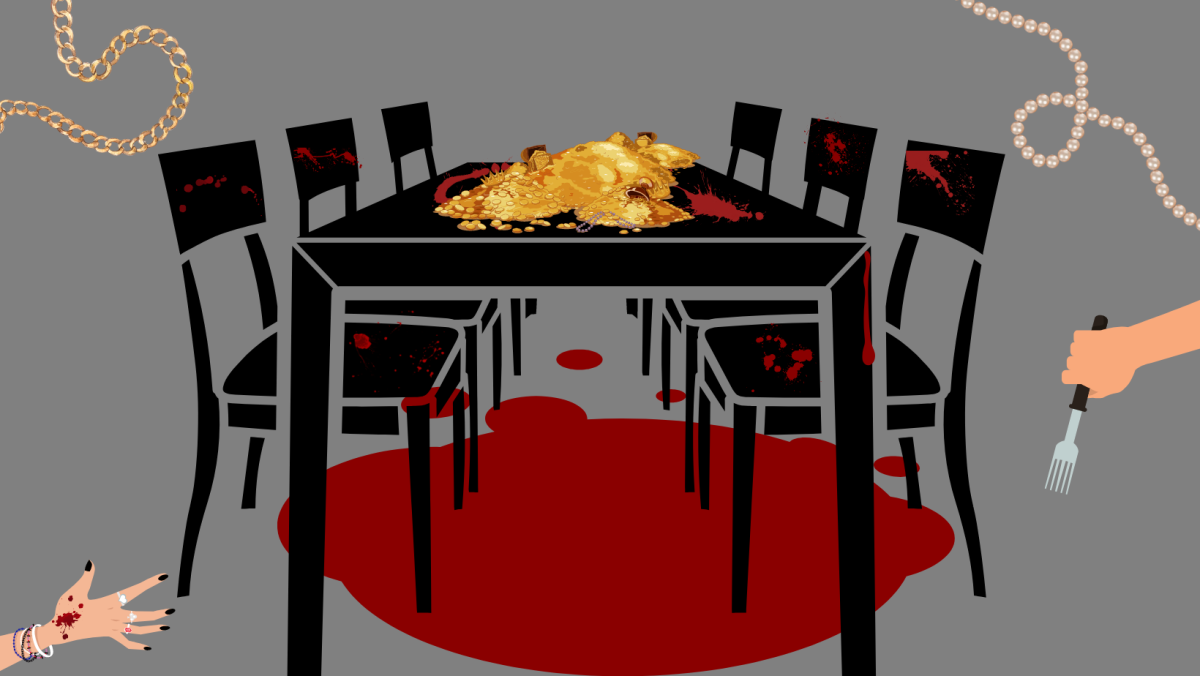In September 2022, Sofia Coppola, director of “The Virgin Suicides,” “Lost in Translation,” “Marie Antoinette,” and more, announced that she would be working on a film adaptation of Priscilla Presley’s 1985 novel “Elvis and Me.” Coppola explained that she would be collaborating with Priscilla to portray her accurate story in the new biopic, “Priscilla,” a showcase of Priscilla’s journey through life from age 14 to 27 during her relationship with Elvis Presley.
Although the movie was set to release on Nov. 3, Tessa and I scored an early showing for Nov. 2 in the city over. Reclined in our seats, we experienced a rush of emotions from the 1 hour and 50-minute movie depicting the life of Priscilla Presley. Here are some of the highlights, our personal analysis, and final ratings of the new release.
Casting
To begin: The casting. Going into the movie, I was doubtful; I had watched the trailers for “Priscilla” as they had come out, and it was clear that Cailee Spaeny would be an amazing Priscilla, but the problem was Jacob Elordi. A rising star from his role as Nate Jacobs in “Euphoria,” Elordi didn’t appear to be Elvis to me. While watching the trailers, I could only think one thing when I saw him: “That’s Nate Jacobs with some unfashionable sideburns and a suit.”
Something about him didn’t click as Elvis, but as the movie develops, Elordi also develops into his role. His accent is casual, not too harsh, and rolls off the tongue, able to sell the image when coupled with his fluffed-up hairdo.
Regardless, Spaeny is truly the star of the movie. She showed the growth of her life from a 14-year-old to a 27-year-old, with minute changes in her behavior as she grew, and looked authentically Priscilla as she did it, with the same doll-like eyes and petite frame. This petiteness wonderfully contrasted against Elordi’s imposing 6’5” height, which truly showed the power and influence that Elvis had over Priscilla.
Costumes
A beautiful aspect of the movie was the costuming. Costumes are often one of the most overlooked aspects of a film, but just as crucial as any other part. It can tell the story of a character just as well as the script does and often can make or break a movie. Fans of Coppola will remember “Marie Antoinette,” where the extravagant rococo dresses were often the focus of the scene, and the development of the clothing was tied with Antoinette’s growth. “Priscilla” follows this trend, using Priscilla’s costumes to show her development and growth throughout the movie.
Starting with low ponytails, long skirts, and light-colored blouses, the costuming accentuates the message: Priscilla is a child here, barely in 9th grade. Her youth is evident, especially with all the bows that find their way to her dresses throughout the entire movie (save the end).
Priscilla’s first trip to Graceland is when her outfits begin to shift. Fitted in high heels at all times, complete with stiff matching sets, the costumes show that Priscilla yearns to conceal her age with clothes that she thinks will make her appear more mature in the face of Elvis’s friends, making her more qualified to be his girlfriend.
By her second trip to Graceland, Priscilla has completely changed her appearance. Pitch-black hair replaces her lighter brown with dark eyeliner and eyelash extensions, all suggestions by Elvis himself. Bright cocktail dresses become more frequent, and her hair continues to pile onto her head, making her resemble Amy Winehouse.
By the final 20 minutes, all of this had flipped. After the birth of Priscilla’s daughter, Lisa Marie Presley, she let go of the dresses and makeup, opting for loose pants and her hair down in its natural light brown color.
Dark Aspects
In the film, the negative aspects of the Presley marriage were not sidelined, a positive contrast to 2022’s “Elvis.” Starting from Elvis and Priscilla’s second meeting, Elvis takes her upstairs to supposedly seek comfort from a fellow American following his mother’s death. Instead, he kisses the 14-year-old girl while he is 24. He attributes his behavior to seeking companionship from the only one he trusts, putting a 14-year-old in a situation where she cannot leave him due to the compassion of her young heart. His manipulative behavior where he controls her like a puppet on strings, letting him do whatever he wishes.
The most intriguing part of Elvis’ behavior was his frequent personality switches. The problems started during a pillow fight after a photoshoot. Although it began with giggling and happiness from both sides, after Priscilla hit Elvis across the face with a pillow, he slammed her with so much force that she fell over, screaming at her. After she runs to the room, he begs her to open the door, saying he would never hurt her in any way.
This behavior continues throughout the rest of the movie. After Priscilla goes to the shoot of Elvis’ film in response to his cheating rumors, he first appears happy, then blows up at her and tells her to leave, using his imposing height to loom over her. In another scene, Elvis shows the demos of his new songs to Priscilla, complaining that he doesn’t like them. When Priscilla quietly agrees with him, saying that the piece is missing a catchy aspect of his other songs, he throws a chair at her head, then hugs her and says he just lost his temper. When Priscilla finds a note from a lover in his suit pocket and confronts him about it, Elvis screams that she needs to leave to go to her family, throwing all her clothes into a suitcase while she sobs, but then quickly switches and hugs her and asks her to stay. The most horrifying scene in this set is where Priscilla, pregnant with Elvis’ child, gets called into his room and asked to take a break due to the rumors of his romance with another woman. After she agrees, hand on her belly as she quietly leaves the room, Elvis yells after her, begging her to stay.
Neither Tessa nor I are psychologists, so our words should be taken with a grain of salt. Still, our collective theory is that Elvis has bipolar disorder, supported by his sudden switches between a pleasant, happy mood and a screaming, violent persona.
Themes
After a backseat analysis of the movie, Tessa and I concluded about the relation between Priscilla’s costumes, stature, and the frequent shots of Graceland from the outside. To Elvis, Priscilla is a doll. Fitted in stiff dresses with bows and high heels at all times, tiny stature contrasting with the larger-than-life house and forced to stay within the Graceland at all times, Priscilla is nothing more than a puppet for Elvis to play with. Controlling her clothing, hair, makeup and life, he transforms her into the perfect girl, then tosses her aside when he gets bored of her. Then, she is forced to stay at his empty house, quiet and lifeless.
This theme shows most intensely in the shopping scene, where he doesn’t let her opinions have any say in what she wears. When Priscilla comes out in a long dress with gold and brown patterns, Elvis tears her apart, saying that the color and patterns do nothing for her appearance, while she quietly comments that she likes that one. In the end, it doesn’t matter. He approaches her after picking her clothing, then tells her, “Black hair… and more eye makeup,” and immediately, she changes. A montage shows her hair being dyed black and curled up, intense black eyeliner applied along with long false eyelashes. This scene shows that if Elvis is happy with her, Priscilla is satisfied with her life, and for that, she has to be perfect. The quiet wife, always dressed to the nines with perfect hair and eyeliner, even when she’s sleeping or about to give birth, always agrees with Elvis. A doll lacking a life of her own, forced to stay as nothing more than Elvis’ “little one.”
Flaws
Our complaints were minor, but still there. If anything, speed was the biggest issue. Coppola did as well as she could, but when you have to create a movie that shows the life of a girl from age 14 to 27, you have to rush some aspects. The beginning and end were the most rushed parts, and the drug use that Priscilla suffered through was glossed over in favor of further developing her relationship with Elvis.
Another minor complaint was Elordi’s accent. Although it fit Elvis correctly, it was sometimes a struggle to understand what he was saying. Multiple times, I had to turn over to Tessa, inquiring about what he had just said over the phone to Priscilla. She responded with a shrug, and we went on. It fits the careless nature in which Elvis behaved, but maybe subtitles would be a good option if you struggle with accents.
A small aspect that simply peeved me was the amount of foot shots in the movie. One isn’t bad, and two can tell a story, but when you start your film off with a long montage of Priscilla’s feet and then focus on them another five times, with Elvis even threatening to eat her feet once, they become a bit overwhelming. Coppola is not Quentin Tarantino, and hopefully, she can find a separation from foot shots in any other films she might direct.
Final Thoughts
Overall, “Priscilla” was a gratifying experience, with all aspects of the film collaborating into a beautiful look into the melancholic life of Priscilla and Elvis. For fans of Priscilla Presley, this is a definite ‘must watch.’ Even if you aren’t familiar with the history of the Presleys, it is still an incredibly visually satisfying tale, complete with top-level acting from the entire cast. Overall, Tessa gave it an 8/10, and I a 9/10. If you want to check out this movie, it is available at Marcus Cedar Rapids Cinema and FilmScene.

